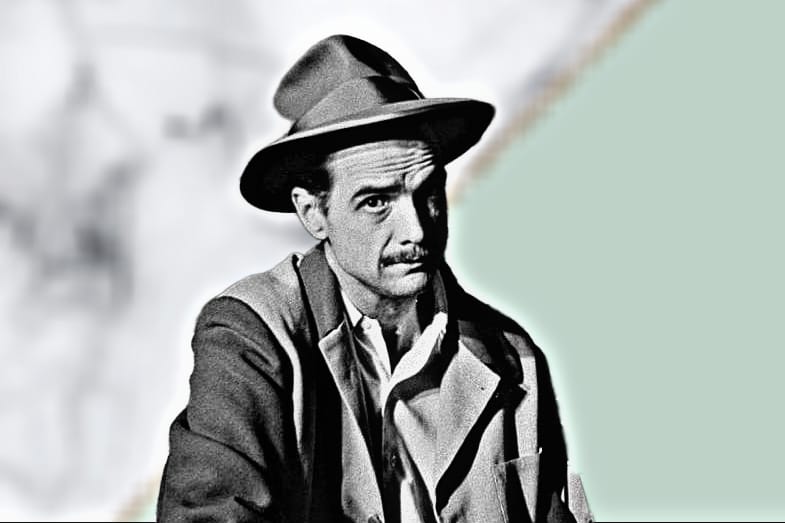Howard Hughes, one of the most enigmatic figures in 20th-century American history, was a man whose accomplishments and eccentricities captivated the public for decades. An aviation pioneer, Hollywood mogul, industrial magnate, and philanthropist, Howard Hughes life is marked by a series of groundbreaking achievements as well as a steady descent into isolation and obsession. His impact on multiple industries—aviation, film, and business—was profound, but so too was his personal descent into mental illness, making his life one of the most complex and intriguing in modern history.
This article will explore the life, career, and lasting legacy of Howard Hughes, examining his accomplishments, the challenges he faced, and his profound influence on the fields he touched. We will look at his early years, rise to prominence, major business ventures, and how he became one of the wealthiest and most influential individuals of his time. Additionally, we will delve into the personal struggles that eventually led to his reclusive lifestyle and examine how Howard Hughes’ legacy continues to resonate in modern culture.
Early Life and Background
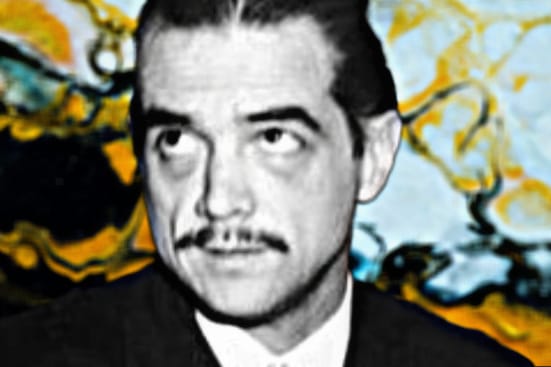
Howard Robard Hughes Jr. was born on December 24, 1905, in Houston, Texas, to a wealthy and influential family. His father, Howard Hughes Sr., was an inventor and the founder of the Hughes Tool Company, which revolutionized the oil drilling industry by developing a highly successful rotary drill bit. His mother, Almina, was a highly protective woman, and it is suggested that her overbearing nature played a role in shaping Hughes’ later tendencies toward isolation and paranoia.
Howard Hughes showed an early interest in engineering and aviation, influenced by his father’s success in the oil industry and a general environment that encouraged innovation. At the age of 16, he enrolled at the California Institute of Technology (Caltech) but would never graduate. Howard Hughes interests were already broad and his ambitions sky-high, particularly in the field of aviation, where he would later make history.
The Aviation Pioneer: Howard Hughes Breakthrough Achievements
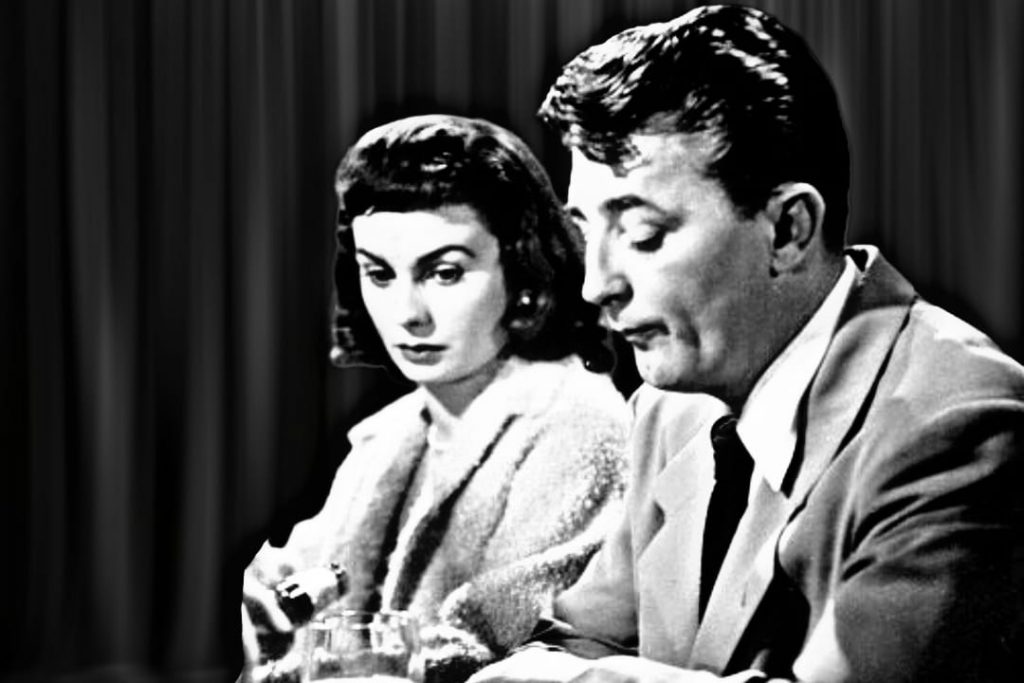
Howard Hughes career in aviation was arguably his most defining and groundbreaking phase. His passion for flight began in the 1920s, when he began making money through the inheritance of his father’s fortune and his growing interest in aviation. One of Hughes’ earliest ventures was the purchase of a small aircraft manufacturing company, the Howard Hughes Aircraft Company, in 1932. With this acquisition, Hughes began a series of ambitious aviation projects that would bring him international fame.
The H-1 Racer and World Records
In the 1930s, Howard Hughes achieved widespread recognition for designing and piloting the Hughes H-1 Racer, an aircraft that would break several world speed records. On January 19, 1935, Hughes set a world airspeed record, flying the H-1 at a speed of 352 miles per hour. This feat was revolutionary for aviation at the time and cemented Hughes as a pioneer in the industry.
Howard Hughes ability to push the boundaries of technology and design set him apart from other aviators. He incorporated cutting-edge materials, such as lightweight aluminum, and streamlined aerodynamic designs into his planes, elevating both the technology and the perception of aviation in the public eye.
The Howard Hughes H-4 “Spruce Goose”
Perhaps Hughes’ most iconic aviation project was the H-4 Hercules, also known as the “Spruce Goose,” a massive cargo plane that became the stuff of legend. Designed during World War II, the aircraft was envisioned as a transatlantic transport for U.S. military personnel and equipment. The Hughes H-4 was supposed to be the largest airplane ever built, with a wingspan of 320 feet and a length of 218 feet—roughly the size of a football field.
Though the plane never fulfilled its intended purpose, and despite the fact that it only flew once (on November 2, 1947) in a short and somewhat anticlimactic flight, the H-4’s significance cannot be underestimated. The H-4 represented the zenith of Hughes’ aeronautical ambition and the scale of his vision for the future of aviation. Even today, the plane is remembered for its size and Hughes’ relentless drive to push technological boundaries.
Record-Breaking Flight
In addition to his work on the H-1 and H-4, Hughes was also known for his daring long-distance flights. One of his most celebrated achievements came in 1938, when he completed a record-breaking around-the-world flight in just 91 hours. This incredible feat of endurance demonstrated Howard Hughes skill as a pilot and his commitment to pushing the limits of what was possible in aviation.
Hollywood and the Rise of Hughes’ Film Empire
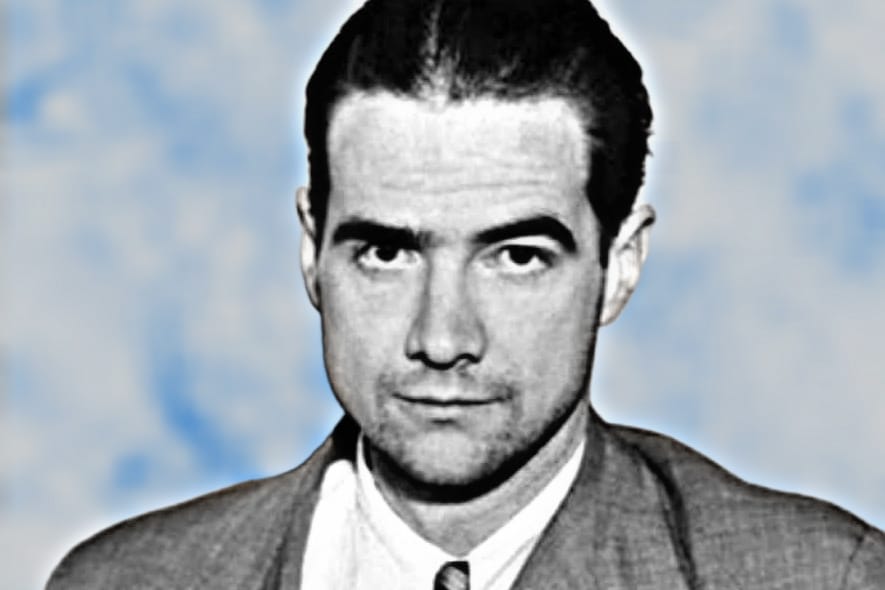
In addition to his accomplishments in aviation, Howard Hughes was a major force in Hollywood, particularly in the 1920s and 1930s. In the early stages of his career, Hughes entered the film industry as a producer and later expanded his influence into distribution and studio ownership.
“Hell’s Angels” and the Rise to Fame
Howard Hughes first made a name for himself in Hollywood with the production of Hell’s Angels (1930), a World War I aerial combat film. The movie was notoriously expensive, taking nearly three years to complete due to a series of delays and production challenges, including the need to reshoot parts of the film with sound after the introduction of talkies. Despite these challenges, Hell’s Angels became a commercial success, with its stunning aerial combat sequences becoming the talk of Hollywood.
The film was also notable for its breathtaking cinematography and innovative use of special effects, elements that would become hallmarks of Hughes’ future work in the film industry. Hughes used his personal wealth and resources to push the boundaries of filmmaking, making Hell’s Angels one of the most expensive films of its time.
The Formation of Hughes Aircraft and Film Ventures
During his time in Hollywood, Hughes took over a number of studios and film production companies, further cementing his influence in the industry. One of his most notable acquisitions was RKO Pictures, where he became the controlling shareholder in the 1940s. Under his leadership, RKO produced several well-known films, including The Outlaw (1943), a controversial film starring Jane Russell that Hughes was heavily involved in.
However,Howard Hughes involvement in the film industry became increasingly erratic. His obsessive nature led to numerous conflicts with studio executives, directors, and actors. His increasing demands for control over every aspect of production, coupled with his perfectionism and tendency toward secrecy, made him a difficult figure to work with. As the years went on, Hughes’ presence in Hollywood diminished, and by the 1950s, he had largely withdrawn from the industry.
Business Ventures and Howard Hughes Influence on Industry
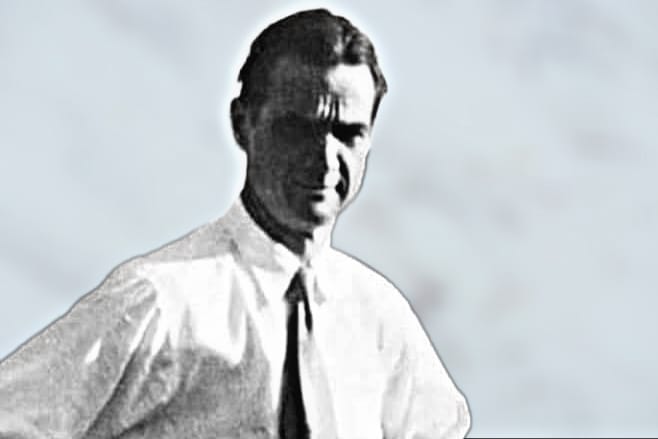
Beyond aviation and film, Howard Hughes also left a lasting mark on several other industries, particularly through his business ventures.
Hughes Tool Company and Diversification
Howard Hughes inherited the Hughes Tool Company from his father and transformed it into one of the most successful industrial companies of its time. The company made its fortune from manufacturing rotary drill bits, a product that revolutionized the oil drilling industry. By the 1950s, Hughes was an incredibly wealthy man, with vast holdings in aerospace, oil, and technology.
Howard Hughes business acumen also extended to the development of new technologies. He invested heavily in the aerospace and defense industries, using his wealth and influence to secure government contracts for the development of new technologies. Through Howard Hughes Aircraft, Hughes became a key player in the defense and aviation sectors, supplying equipment for military operations during the Cold War.
Howard Hughes Acquisition of Las Vegas
In the 1960s and 1970s, Howard Hughes shifted his focus to the Las Vegas gaming industry. Through a series of strategic acquisitions, he became the owner of several major hotels and casinos, including the Desert Inn and the Sands Hotel. Hughes’ investment in Las Vegas helped transform the city into a major tourist destination, with casinos and hotels becoming an integral part of the American cultural landscape.
Personal Struggles and Isolation
While Howard Hughes’ public persona was one of success and innovation, his personal life was far less glamorous. As his wealth and power grew, so too did his eccentricities. Hughes became increasingly reclusive, isolating himself from friends, business associates, and the public. His mental health began to deteriorate in the 1950s, and he became obsessed with cleanliness and avoiding germs. Reports of his strange behavior—such as wearing tissue boxes on his feet and communicating with staff via notes—began to surface, adding to his mystique and reputation as a man who had lost touch with reality.
Howard Hughes obsession with perfection, coupled with his growing paranoia and fear of germs, made him one of the most isolated figures in American society. He would spend months at a time in his private residences, rarely leaving and interacting with only a select few. Despite his deteriorating mental state, Hughes continued to control a vast empire, but his erratic behavior alienated him from those around him.
Death and Legacy
Howard Hughes passed away on April 5, 1976, at the age of 70. His death marked the end of an era for both the aviation industry and the American business world. At the time of his death, Hughes had amassed an estimated fortune of $2.5 billion, but his mental health and isolation had rendered him a mysterious and largely reclusive figure.
Howard Hughes legacy is complex and multifaceted. He revolutionized aviation, set records that still stand today, and transformed the film industry and business world. However, his personal struggles with mental illness and his eccentricities left a shadow over his achievements. While many view him as a visionary, others see him as a cautionary tale about the dangers of wealth, obsession, and isolation.
Today, Howard Hughes life continues to captivate the public through books, films, and documentaries. His contributions to aviation and film have ensured that his name remains synonymous with innovation and daring, while his later years have cemented his status as one of the most enigmatic figures in American history.
Conclusion
Howard Hughes was a true pioneer in many fields, and his legacy continues to be felt across a variety of industries. As an aviation innovator, business magnate, and film mogul, he redefined what was possible in each of these areas, leaving behind a remarkable record of achievement. Yet, his personal life, marked by eccentricities, mental illness, and reclusion, remains a cautionary reminder of the toll that fame and fortune can take on a person. In the end, Howard Hughes was both a visionary and a tragic figure, whose influence still echoes today.

